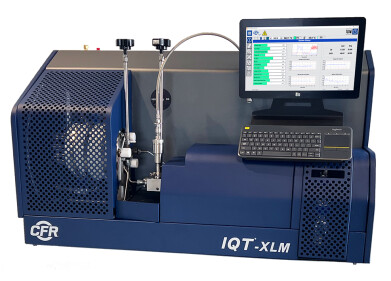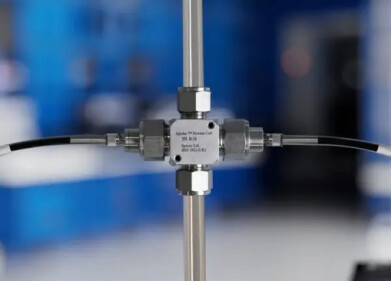Analytical Instrumentation
Why is a Robot Heading to the North Sea?
Apr 09 2018
From robotic bartenders to computer-assisted surgery, artificial intelligence is making big waves in a plethora of industries. Now, robots are heading to North Sea oil rigs in a world first scheme that could see autonomous machines emerge as a new generation of manpower.
Disasters like the Deepwater Horizon spill serve as a reminder that despite rigorous safety precautions, the oil and gas industry is still laden with danger. In fact, according to the latest data from the US Occupational Safety and Health Administration the upstream oil and gas industry is burdened by one of the country's highest rates of severe injuries. Designed to replace humans, the purpose-built robots will help to bring down injuries and fatalities by performing dangerous offshore operations, including inspecting rigs and detecting gas leaks. Ultimately, this could help to save lives.
Robots set to work alongside humans
It's a first for the sector, with backers asserting that the robots will reinvent safety standards in the oil and gas industry. The pilot scheme is worth an estimated £4 million and will see the first robot deployed for action at a Shetland gas plant owned by French group, Total. It will then head to the company's Alwyn platform located 440 kilometres north-east of Aberdeen, where it will join 120 human workers. The machine was fashioned by Taurob, an Austrian firm that designs rugged, waterproof, ATEX certified robots powered by intuitive control systems and multipurpose interfaces.
No threat to human jobs, assures OGTC
While there is controversy surrounding the use of robots as a replacement for human labour, the Oil and Gas Technology Centre (OGTC) was quick to insist that autonomous robots don't pose a threat.
“It’s not taking their jobs. It’s giving people the choice to do different jobs. We will still need a human workforce. It’s about allowing people to move into onshore positions,” comments a representative. Furthermore, the group maintains that robotic labour is a long-term investment in the industry and will not spark immediate change. Instead, experts estimate that it will be at least five years before autonomous machines become commonplace in offshore rigs.
Next generation technology plays a key role in boosting efficiency, heightening safety and increasing bottom lines. For a closer look at the latest developments from Japan don't miss 'Shimadzu Gas Chromatography Solutions for Hydrocarbon Processing Industry', which offers a complete overview of the company's HPI GC analyser solutions.
Digital Edition
PIN 25.5 Oct/Nov 2024
November 2024
Analytical Instrumentation - Picturing Viscosity – How Can a Viscometer or a Rheometer Benefit You? - Sustainable Grease Formulations: Evaluating Key Performance Parameters and Testing Method...
View all digital editions
Events
Dec 03 2024 Dusseldorf, Germany
Dec 08 2024 Anaheim, CA, USA
Turkey & Black Sea Oil and Gas
Dec 11 2024 Istanbul, Turkey
Dec 19 2024 Aurangabad, India
Jan 20 2025 San Diego, CA, USA



















